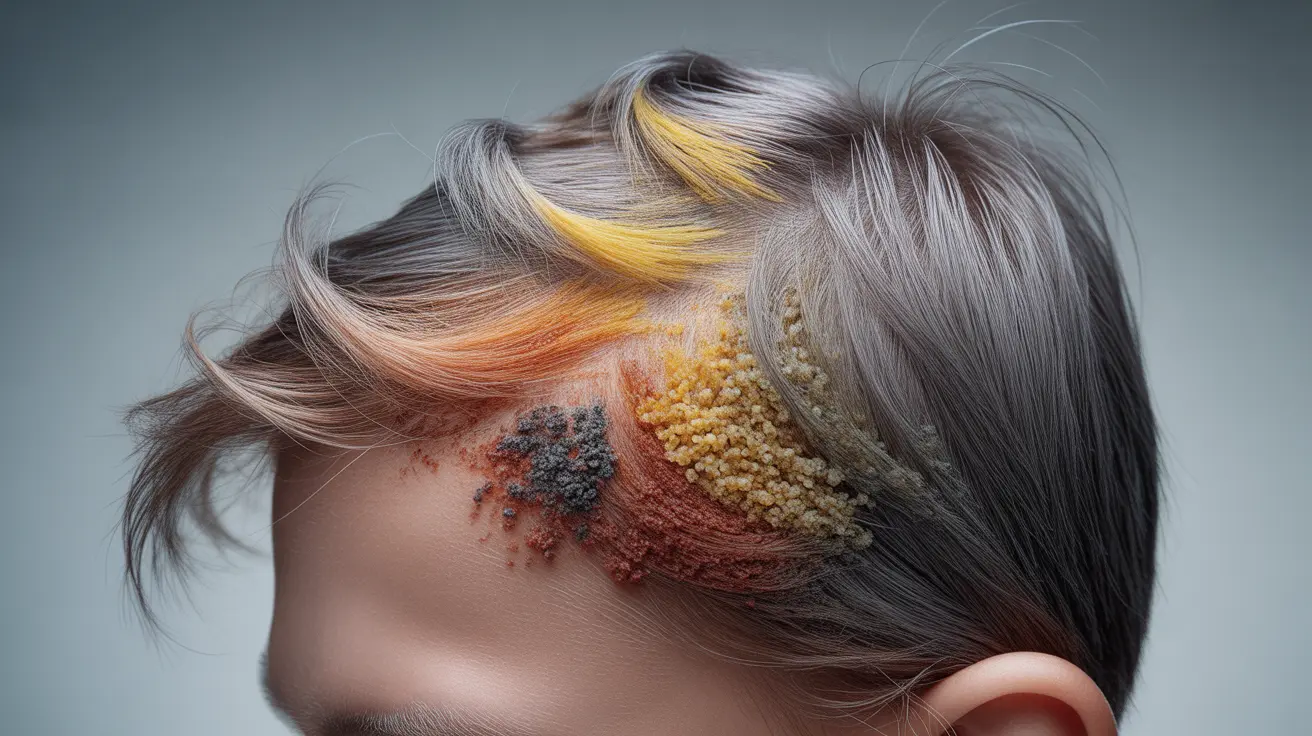Trichomycosis is a bacterial infection that affects hair shafts, most commonly occurring in the underarm area and occasionally in other regions with coarse body hair. This condition, while not dangerous, can cause discomfort and cosmetic concerns for those affected. Understanding its symptoms, treatment options, and prevention methods is crucial for managing this common but often overlooked condition.
Despite its name suggesting a fungal infection, trichomycosis is actually caused by bacteria, primarily Corynebacterium species. These bacteria create distinctive nodules along hair shafts, leading to characteristic symptoms that can affect personal comfort and confidence.
Understanding Trichomycosis and Its Causes
Trichomycosis develops when specific bacteria colonize and multiply on hair shafts, particularly in warm, moist areas of the body. The condition thrives in environments where sweat and reduced air circulation create ideal conditions for bacterial growth. The primary factors contributing to its development include:
- Poor personal hygiene
- Excessive sweating
- Humid climate conditions
- Tight-fitting clothing that restricts airflow
- Certain medical conditions that increase sweating
Recognizing the Signs and Symptoms
The hallmark signs of trichomycosis make it relatively easy to identify once you know what to look for. Common symptoms include:
- Small, soft nodules attached to hair shafts
- Yellow, black, or red coloration of affected hair
- Noticeable musty or sweat-like odor
- Visible clumping of hair fibers
- Generally painless condition
Treatment Approaches and Medical Interventions
Effective treatment of trichomycosis typically involves a combination of approaches to eliminate the bacterial infection and prevent its recurrence. Treatment options include:
Topical Treatments
Several topical treatments have proven effective in managing trichomycosis:
- Benzoyl peroxide-based products
- Topical antibiotic solutions
- Antimicrobial cleansers
- Medical-grade antiperspirants
Physical Hair Removal
In many cases, removing affected hair can provide immediate relief and help prevent recurrence:
- Shaving the affected area
- Professional hair removal
- Regular trimming to maintain shorter hair length
Prevention Strategies and Lifestyle Changes
Preventing trichomycosis involves maintaining good personal hygiene and creating an environment where bacteria are less likely to thrive. Key prevention measures include:
- Regular showering, especially after sweating
- Thorough drying of body areas prone to moisture
- Wearing loose-fitting, breathable clothing
- Using antiperspirants or deodorants with antibacterial properties
- Regular hair removal or trimming in affected areas
Frequently Asked Questions
What are the common symptoms of trichomycosis and how can I recognize the infection?
Trichomycosis presents as small, colored nodules (yellow, black, or red) attached to hair shafts, typically in the armpit area. You may notice a distinct musty odor and visible clumping of hair fibers.
How is trichomycosis treated and what topical antibiotics are most effective?
Treatment typically involves topical antibiotics, benzoyl peroxide-based products, and antimicrobial cleansers. Hair removal from affected areas is often recommended alongside topical treatments for optimal results.
Can trichomycosis be prevented by hygiene and what lifestyle changes reduce the risk?
Yes, trichomycosis can be prevented through proper hygiene practices including regular showering, thorough drying after bathing, wearing breathable clothing, and maintaining good air circulation in prone areas.
Why does trichomycosis cause a strong odor and discolored nodules on underarm or pubic hair?
The odor and discoloration occur due to bacterial colonization of hair shafts. These bacteria produce compounds that cause both the characteristic smell and the visible nodules along the hair.
Is trichomycosis contagious and can it recur after treatment?
Trichomycosis is not typically considered contagious between people. However, it can recur if preventive measures are not maintained after successful treatment.




